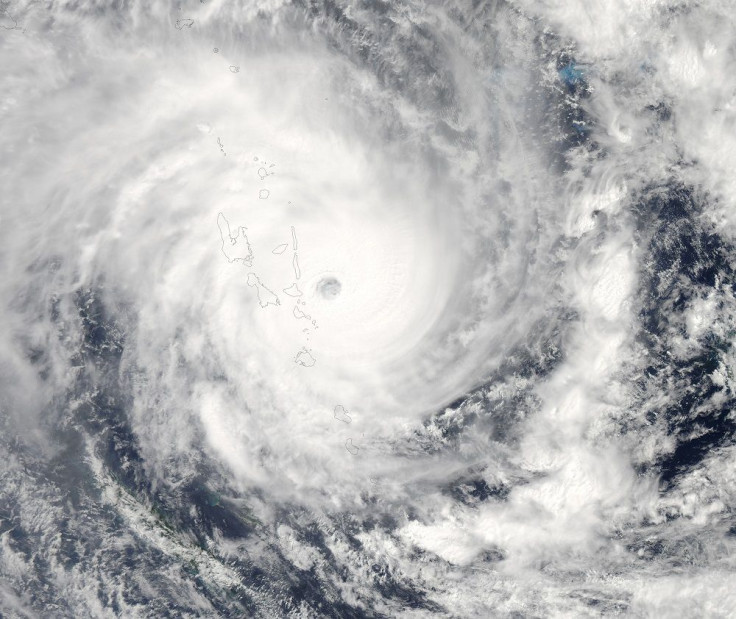Former Cyclone Nathan Weakens Near Australia's Darwin; Heavy Rainfall Still Expected

Tropical Cyclone Nathan continues to weaken as it moves over land in Australia’s Northern Territory. A NASA satellite was able to capture an image of the storm over land a day before the Tropical Rainfall Measuring Mission satellite spotted heavy rainfall in Cyclone Nathan.
Phys Org reports that the TRMM satellite measured the rainfall rate before Nathan moved closer to land on Mar. 23. The storm had intensified with hurricane force winds of 75 mph. As Nathan lowered in intensity, the Joint Typhoon Warning Centre had issued a final warning on Mar. 24.
According to the Australian Bureau of Meteorology, the former cyclone was heading towards the northern Arnhem district. It is expected to move to the west, closer to the Southern Indian Ocean.
The Australian weather bureau has warned that Nathan’s wake will generate thunderstorms with heavy rainfall and strong winds. The high amount of rainfall may lead to flash flooding in the southern Arnhem forecast district and some parts of the Daly district.
A man in his 30s has lost part of his leg after it got tangled in a rope while he was clearing trees at a Jabiru wilderness resort. He was dragged into a tree mulcher while he was doing his job ahead of the cyclone’s arrival in Northern Territory, reports ABC.
The man sustained severe injuries to his leg as his colleagues and resort staff placed a tourniquet to keep him from bleeding out. CareFlight director Ian Badham said a rescue helicopter navigated through low clouds, rain and wind caused by Nathan. The injured man was taken to the Royal Darwin Hospital for treatment and is now in a stable condition.
On Mar. 11, NASA had captured an image of Australia with three tropical cyclones in the region. Cyclones Pam, Nathan and Olwyn, were spotted by the weather satellite after three orbital passes. Cyclone Pam had left Vanuatu’s capital in a state of destruction and killed 16 people.
Cyclone Nathan had formed in the Coral Sea on Mar. 10 and hit several towns and cities in Australia. Cyclone Olwyn was a category three storm that struck Western Australian towns of Coral Bay, Camarvon and Exmouth on Mar. 13.
To report problems or leave feedback on this article, contact: r.su@ibtimes.com.au





















